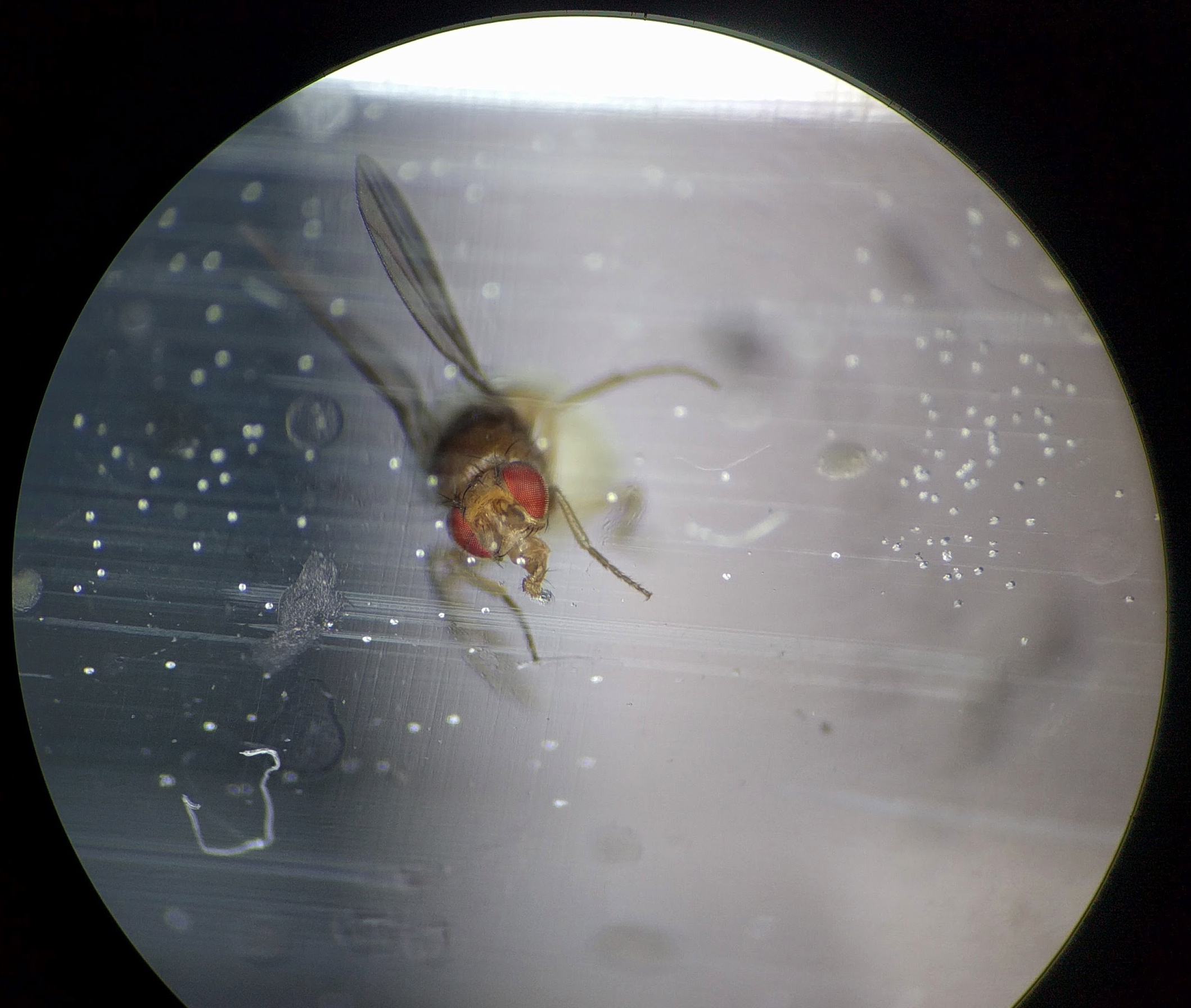Ulloa LT, Roy D, Minichiello A, Bechthold F, de Bivort B, Elya C. 2025. Evidence that Entomophthora muscae controls the timing of host death via its own circadian clock. bioRxiv. doi:10.1101/2025.06.18.660419
Coyle MC, Elya CN, Bronski MJ, Eisen MB. 2024. Entomophthovirus: An insect-derived iflavirus that infects a behavior manipulating fungal pathogen of dipterans. G3 371526. doi:10.1101/371526
Elya C. 2024. Entomophthora muscae. Trends Parasitol. doi:10.1016/j.pt.2024.01.005. PDF
Stajich JE, Lovett B, Lee E, Macias AM, Hajek AE, de Bivort BL, Kasson MT, De Fine Licht HH, Elya C. 2023. Signatures of transposon-mediated genome inflation, host specialization, and photoentrainment in Entomophthora muscae and allied entomophthoralean fungi. Elife. doi:10.7554/elife.92863.1
Elya C. 2023. When a mind is not its own: mechanisms of host behavior control by parasitic fungi. Chapter 12 in The Mycota IX: Fungal Associations. Blackwell & Hsueh, editors. Springer. PDF
Elya C, Lavrentovich D, Lee E, Pasadyn C, Duval J, Basak M, Saykina V, de Bivort BL. 2023. Neural mechanisms of parasite-induced summiting behavior in “zombie” Drosophila. Elife 12:e85410. doi:10.7554/eLife.85410
De Fine Licht HH, Edwards S, Elya C. 2023. Evolutionary ecology of an obligate and behaviorally manipulating insect- pathogenic fungus, Entomophthora muscae. Authorea Preprints. doi:10.22541/au.167778641.14505987/v1
Elya C, De Fine Licht HH. The genus Entomophthora: bringing the insect destroyers into the twenty-first century. IMA Fungus. 2021;12: 1–31. doi:10.1186/s43008-021-00084-w
de Bekker C, Beckerson WC, Elya C. Mechanisms behind the Madness: How Do Zombie-Making Fungal Entomopathogens Affect Host Behavior To Increase Transmission? MBio. 2021;12: e01872–21. doi:10.1128/mBio.01872-21
Wang JB, Elya C, St. Leger RJ. Genetic variation for resistance to the specific fly pathogen Entomophthora muscae. Sci Rep. 2020;10: 1–6. doi:10.1038/s41598-020-71262-w
Elya C, Lok TC, Spencer QE, McCausland H, Martinez CC, Eisen M. Robust manipulation of the behavior of Drosophila melanogaster by a fungal pathogen in the laboratory. Elife. 2018;7. doi:10.7554/eLife.34414

